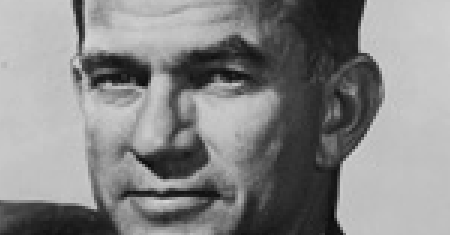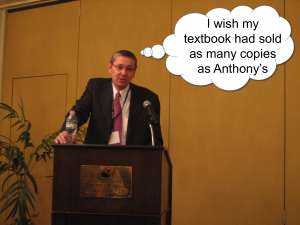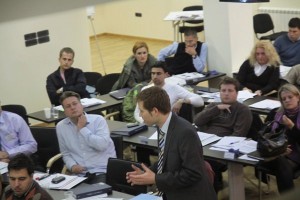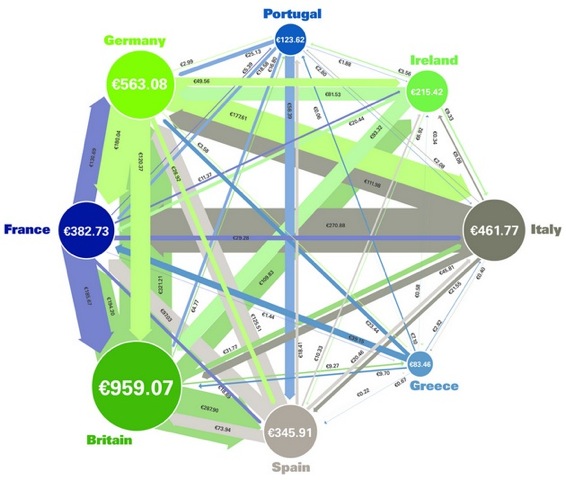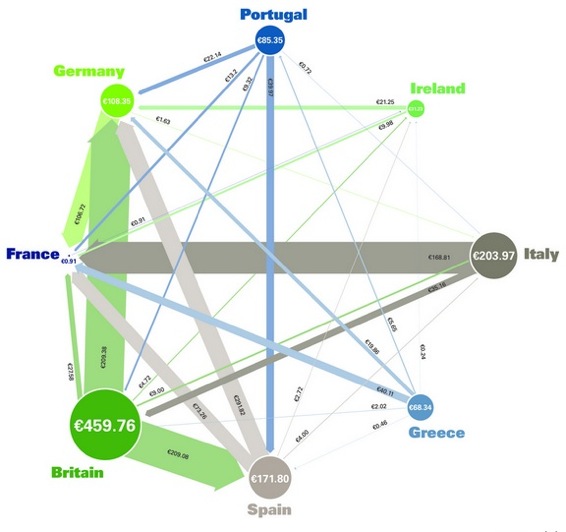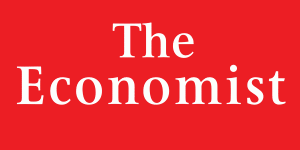Faculty Audits
Professional educators understand the limitations of student evaluations, and yet the culture of external assessment is attempting to incorporate a similar thirst for trivial feedback on our peer-review. As someone who enjoys sharing a classroom with colleagues, and is genuinely keen to share ideas on effective pedagogy, I wanted to outline a possible way to conduct teaching feedback. I will write it from the perspective of the instructor conducting the audit.
- Acquire the course outline and read it as closely as you expect students to read your outline.
- Meet with your colleague to discuss the audit. Get a good understanding of where the session you will be observing fits into the course as a whole. Make sure you’re aware of any specific areas that they would like feedback on.
- Attend the whole class. Arrive early and leave at the end. Alternate roles between being a student and an observer. It might be a good idea to talk to students about any specific questions you have, but even if you think this would be a good idea ensure that the person you are observing is ok with that.
- Write a letter to the person you observed, thanking them, and providing your reflections. If there are specific areas of weakness that you believe you’ve identified keep this document private. By all means copy in Programme Management (with prior agreement) but address it to your colleague.
- Take your colleague out to lunch, go over the feedback, and give them an opportunity to respond. Agree on what parts you should share with other colleagues, and external examiners. The written feedback it should be tailored to the specific course objectives that you’ve ascertained from step 1 and 2.
Here are 12 tips for peer observation:
Here is a copy of the feedback form I routinely give to students to assess my own performance:



